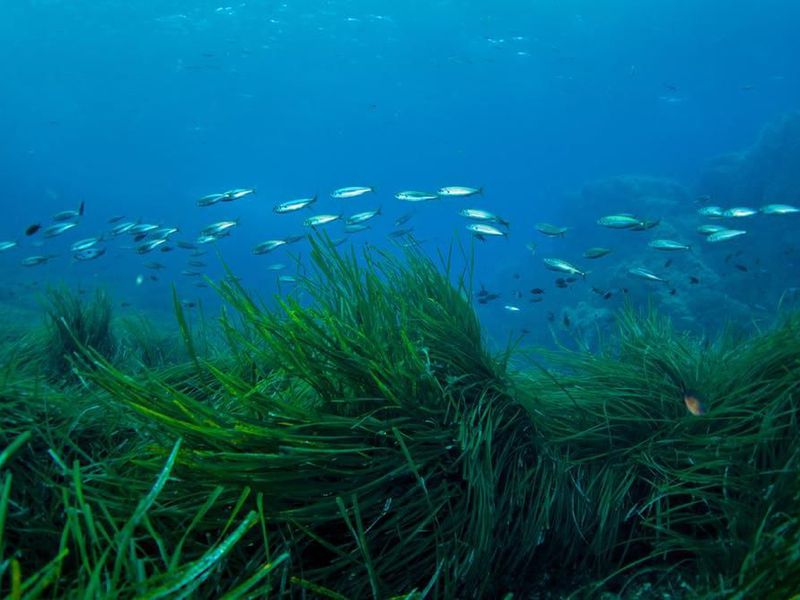Underwater plants that evolved from land plants are known as seagrasses. Like most plants, they have leaves, flowers, seeds, roots, and connective tissues, and they get their food from photosynthesis. But did you know that seagrass is more efficient in converting carbon dioxide into oxygen?
A whole field of seagrass can convert carbon dioxide to oxygen at a rate eight times more than that of a comparable-sized forest making it more efficient.
How is Seagrass Beneficial to the Environment?
The Intergovernmental Panel on Climate Change (IPCC) has stated that urgent and unprecedented changes are required to avoid a climate change disaster. Although efforts are already being made to reduce greenhouse gas emissions, most experts believe they are insufficient.
As a result, it is critical to find ways to significantly reduce the number of pollutants in the atmosphere. Carbon sinks, or ecosystems capable of absorbing and storing large amounts of carbon dioxide, are ideal for this.
According to researchers, seagrass has a high capacity for absorbing and storing carbon in the oxygen-depleted seabed, where it decomposes much more slowly than on land. This oxygen-free sediment traps carbon in dead plant material, which can then be buried for hundreds of years.
Human activity is causing a decline in seagrass meadows all over the world. As a result, the re-establishment of these meadows will greatly increase the carbon storage capacity of our oceans.
Many factors influence the exact amount of carbon that a seagrass meadow can absorb, but rough calculations show that restoring one hectare of seagrass corresponds to at least ten hectares of dry-land forest, and possibly as much as forty. (Source: Smithsonian Magazine)
What is the Better Way to Restore Seagrass?
Seagrass beds can be restored by encouraging natural recolonization in areas where surface water quality has improved. Proactive seagrass restoration methods include transplanting individuals from healthy donor beds or seedlings raised in the laboratory. Seeds can be planted or broadcast in some cases.
Seeding can be used on its own or in conjunction with transplanting techniques. Several technical guidance documents have been published to help restoration practitioners choose transplant sites and appropriate restoration methods for seagrass beds. (Source: Habitat Restoration)
What are the Other Uses of Seagrass?
Seagrass meadows, or large seagrass beds, provide many nooks for small fish to hide from predators. It’s a favorite of juvenile fish and invertebrates, including red drum, gray snapper, and shrimp, which are both recreationally and commercially important. These animals will spend their juvenile years sheltered in seagrasses, then move out to the open ocean or reef as adults. The loss of these protective nurseries could harm the populations of these species.
Some of our favorite sea creatures prefer seagrass as a food source. The name turtle grass comes from the fact that it is a favorite of the green sea turtle, an endangered species and the only sea turtle that is strictly herbivorous as an adult.
Manatee grass is a type of seagrass found in the southwest Atlantic, Gulf of Mexico, and the Caribbean that is popular with manatees. While some animals consume the grass itself, many others consume the tiny invertebrates and fish that live within its blades. (Source: Ocean Conservatory)
